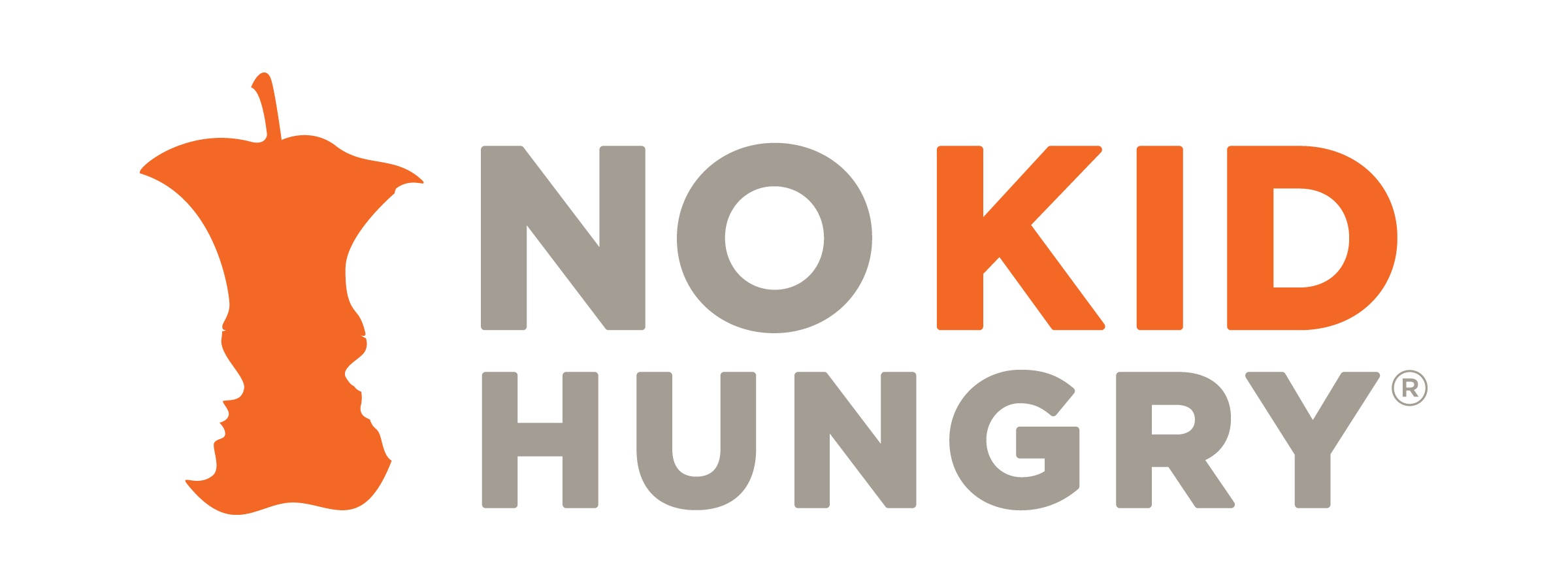
We may still be in the cold days of winter, but trust us – summer is coming quicker than you can imagine! Summer should be a time of fun and play, but for millions of children and families across the country, it can often also be a time of stress and heightened food insecurity when kids lose the reliable nutrition of school meals that they receive during the academic year. But that doesn’t have to be the case. This year, we will see a historic three-pronged approach to addressing summer food insecurity and making sure kids and families have the support they need to thrive.
Federal summer nutrition programs are funded by the United States Department of Agriculture (USDA) and administered by the Department of Education and the Cabinet for Health and Family Services in Kentucky. Families may be most familiar with traditional in-person meal sites, which providers may operate through the Summer Food Service Program (SFSP) or the National School Lunch Program Seamless Summer Option (SSO). Both programs offer free summer meals to kids and teens at eligible locations with some small differences in program regulations. These programs require children to eat their meals on site,and many in-person meal sites also offer activities for participating children. These meals, often served at schools, community centers, libraries, and parks offer a sense of community and a chance for enrichment over the summer months. You can find summer meal sites near you using the No Kid Hungry Free Meals Finder tool.
In December 2022, Congress authorized an expansion of the summer meals program to better serve children and families in rural communities. In these rural communities where in-person meals are not available, providers are able to offer non-congregate meal programs like grab-n-go, parent pickup, and home delivery. This option is critical for helping children who experience transportation and other barriers access summer meals when they otherwise might not be able to do so. For meal providers interested in understanding more about non-congregate meal service, check out our Center for Best Practices resource summarizing the program components, as well as our case study, Feeding Burke County.In addition to these summer meals programs, starting in Summer 2024, states, territories, and tribes can offer grocery benefits to eligible families through the Summer Electronic Benefit Program (Summer EBT). In Kentucky, eligible children will be provided Summer EBT benefits of $40 per month, $120 per summer. These benefits are provided on a debit-style EBT card to purchase food at stores, farmers markets, and online. Pilots of Summer EBT conducted several years have shown the program reduced child food insecurity by a third for participating children and increased consumption of whole grains, fruits, and vegetables. In Kentucky, 600,000 children will be able to access these new benefits this summer – this is a HUGE win for children and families.
Summer EBT, congregate summer meals, and the rural non-congregate option all work together to address the summer hunger gap in Kentucky. Children can participate in both Summer EBT and summer meals, providing families with more food resources during the summer months. This summer, No Kid Hungry is committed to expanding access to non-congregate meal sites in Kentucky. We are here to help meal providers in rural communities — offering resources, technical assistance, and in some cases limited grant funds. If we can support your work, please submit our grant inquiry form.

